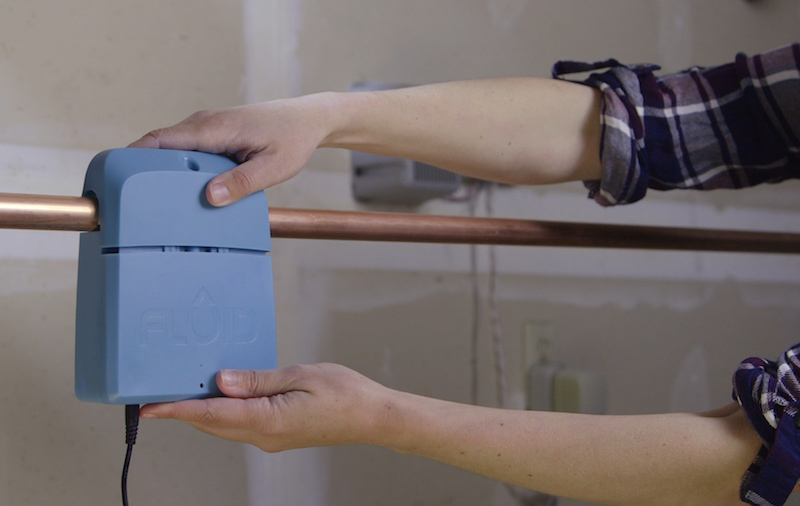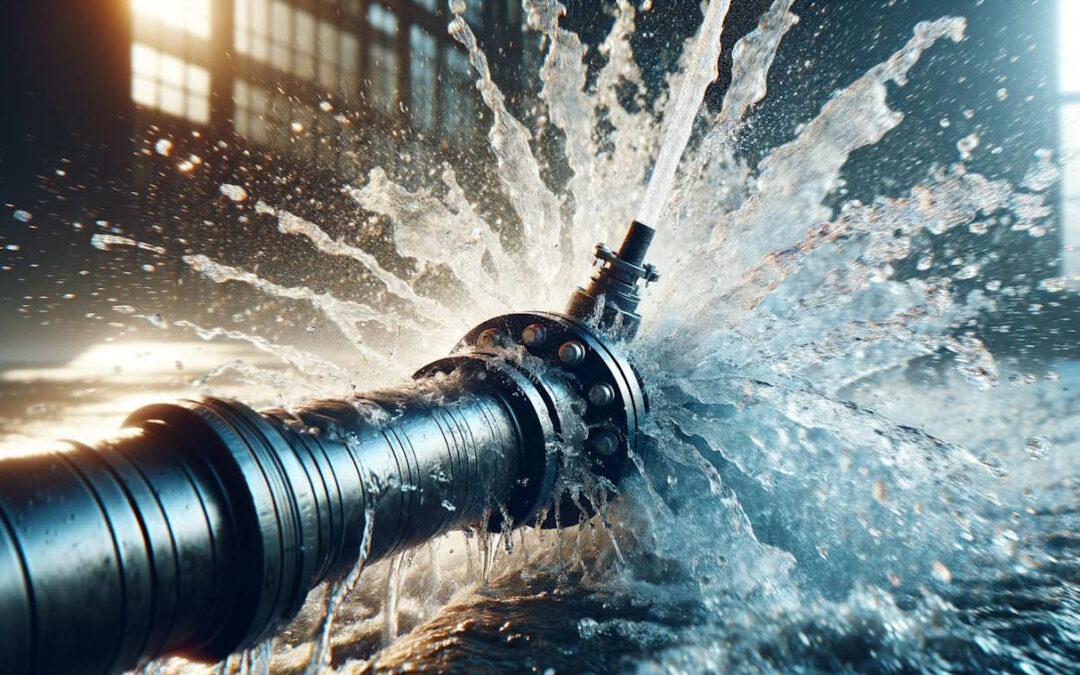Leading Water Leak Detection Techniques to Shield Your Property from Water Damages
Leading Water Leak Detection Techniques to Shield Your Property from Water Damages
Blog Article
Ingenious Solutions for Very Early Detection of Water Leakages in Structures and Facilities
From innovative leakage detection innovations to the implementation of IoT sensing units for real-time surveillance, the landscape of leak avoidance is evolving quickly. Automated water flow evaluation systems are reshaping how leakages are recognized and addressed, paving the way for a proactive approach to water leakage detection.
Advanced Leak Detection Technologies
Advanced leak detection modern technologies, equipped with advanced sensors and formulas, play an important duty in swiftly identifying and identifying water leaks in numerous settings. Electromagnetic sensing units can determine changes in electro-magnetic areas triggered by water, using yet an additional layer of leakage detection capacity.

IoT Sensors for Real-Time Surveillance
In the world of modern water leakage detection, the assimilation of IoT sensors for real-time monitoring stands for a pivotal advancement in boosting proactive leakage discovery capacities. These sensing units offer constant surveillance of water systems, providing real-time data on water circulation rates, pressure variations, and temperature changes. By leveraging IoT innovation, these sensing units can spot also the smallest anomalies in water usage patterns, allowing early identification of potential leaks prior to they rise into significant problems.
IoT sensing units transmit data to a centralized system, where innovative formulas evaluate the details and produce alerts or alerts when irregularities are found. This real-time surveillance ability permits building proprietors or facility supervisors to immediately attend to leaks, lessening water damages, minimizing repair work costs, and saving water resources.
Additionally, IoT sensing units can be incorporated with structure monitoring systems, permitting for automatic reactions to spotted leakages, such as shutting down water shutoffs or triggering pumps to reduce the impact of leakages. On the whole, the implementation of IoT sensors for real-time surveillance significantly boosts the effectiveness and performance of water leakage detection in buildings and infrastructure.
Equipment Learning Algorithms for Leak Forecast

One trick advantage of using artificial intelligence for leakage forecast is its ability to constantly discover and enhance its precision over time. As more information is gathered and fed right into the formula, it can refine its forecasts and adjust to changing problems, eventually enhancing the integrity of leak discovery systems.
Additionally, device understanding algorithms can assist in identifying subtle signs of leakages that might go undetected content by conventional surveillance techniques. water leak detection. By evaluating complicated data sets in real-time, these algorithms can supply very early warnings and informs, enabling prompt intervention and preventive maintenance to mitigate prospective water damage and associated prices
Utilizing Thermal Imaging for Leakage Detection
Thermal imaging modern technology provides an appealing strategy for finding water leaks in numerous systems and facilities. By using infrared radiation and temperature variances, thermal imaging electronic cameras can identify hidden leaks that are not quickly noticeable to the nude eye. When water escapes from pipes or frameworks, it frequently changes the temperature of the bordering area, developing temperature level differentials that thermal cameras can capture. These temperature irregularities are after that equated right into visible photos, highlighting the exact area of the leakage.
One of the key benefits of thermal imaging for leakage detection is its non-intrusive nature. Unlike typical techniques that may need breaking into walls or floors to situate leaks, thermal imaging permits non-destructive testing. This not only saves time and decreases prices however additionally reduces disturbance to the structure or facilities being examined. Furthermore, thermal imaging can rapidly check large locations, supplying a thorough summary of prospective leak resources in a prompt way. In general, making use of thermal imaging modern technology improves the performance and precision of water leakage discovery, making it a useful device for keeping the honesty of structures and infrastructures.
Automated Water Flow Analysis Equipments
Just how can automatic water flow analysis systems change the discovery and monitoring of leakages in various systems and frameworks? Automated water flow evaluation systems supply an aggressive strategy to leakage detection by constantly keeping an eye on water circulation prices and patterns. By click to investigate establishing standard information, these systems can rapidly determine variances that may show a leakage, enabling timely intervention to stop considerable damages.
These systems make use of innovative algorithms to assess real-time data and offer prompt informs when anomalies are detected, enabling quick activity to be taken. In addition, computerized water circulation evaluation systems can be integrated with building administration systems or IoT platforms, enhancing total effectiveness and enabling remote surveillance capacities.
Furthermore, the data accumulated by these systems can be utilized for anticipating upkeep objectives, assisting to recognize prospective weak points in the infrastructure prior to leaks occur. On the whole, the implementation of automated water circulation analysis systems can considerably improve leak discovery and administration practices, ultimately causing set you back see this savings, decreased water wastefulness, and raised sustainability in buildings and infrastructure.

Conclusion
To conclude, the integration of innovative leakage detection modern technologies, IoT sensors, artificial intelligence formulas, thermal imaging, and automatic water circulation analysis systems offers innovative services for very early discovery of water leaks in structures and facilities. These modern technologies enable real-time monitoring, prediction of leaks, and effective detection methods to prevent water damages and wastage. Implementing these solutions can aid in preserving the stability and sustainability of water systems in different setups.
Report this page